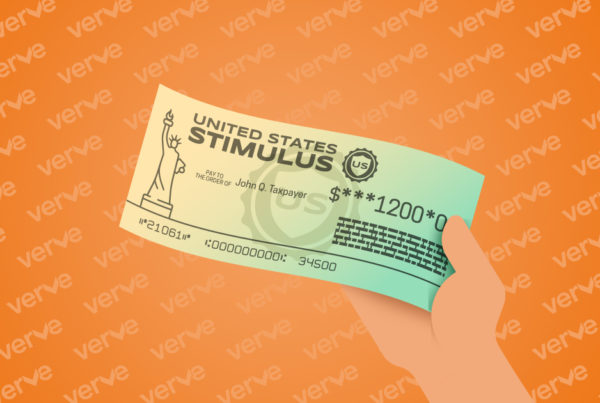When it comes to online subscriptions like video streaming or meal delivery services, trying for free before you buy may seem like a no-brainer.
When it comes to online subscriptions like video streaming or meal delivery services, trying for free before you buy may seem like a no-brainer. But, like the word trial suggests, it’s an opportunity for you to test a product, and usually leads to a full subscription after the trial period. That means, in most cases, your credit or debit card is automatically charged and you are not notified when your free trial ends and your paid subscription begins.
Here’s an example.
You see an advertisement on Facebook for a free week of food from a meal delivery service. What could be better than free, fresh food that’s delivered? Then, after the first week, without any notification at all, you receive a second food delivery you weren’t expecting and notice a $50 charge on your credit card bill.
Trying something before you purchase is a great way to know if you really need or want something, but be sure to review the terms of the free trial agreement. If the service provider requires a credit card or debit card number for the free trial, odds are you will automatically be subscribed for the service after your free trial expires.
Here’s what you should do.
When you sign up for a free trial, read the terms of the agreement (we know, no one reads those, but it may cost you money if you don’t), to verify the length of the free trial and the cost after the free trial ends. In some cases, the service provider may even “upgrade” your subscription (for an additional fee, of course).
Here are some tips for signing up for free trials.
- Do your research. Before you sign up for a free trial, do some digging to see what others are saying about the company. If you see a lot of negative online reviews, it’s a good idea to look for another option.
- Read through the terms. Make sure you understand the service you are trying out to make sure there are no additional fees. Sometimes, as you are signing up for a free trial, there are several checked boxes within the terms of agreement. Read through each line to make sure unwanted products aren’t being included.
- Take note of the trial length. Write it in your planner or set a reminder on your phone to log in and cancel your free subscription. If you like the service and decide not to cancel, it will still be handy to know when your paid subscription began.
- Find out how to cancel before you subscribe. Within the terms of agreement, there should be an explanation on how to cancel. Some companies charge a cancelation fee, while others require you to call to cancel your subscription, so it’s good to know what to expect before you sign up for a free trial.
How Verve can help.
Verve tries to help members by automatically putting a seven-day hold on suspicious activity. However, if you signed up for free trial, this would not be considered a disputable or suspicious charge. It’s Verve’s goal—in line with our guiding 7 Cooperative Principles—to provide education, training and information to help our members keep their money safe and stay fit financially.





 Federally Insured by NCUA |
Federally Insured by NCUA |  Equal Housing Opportunity |
Equal Housing Opportunity |